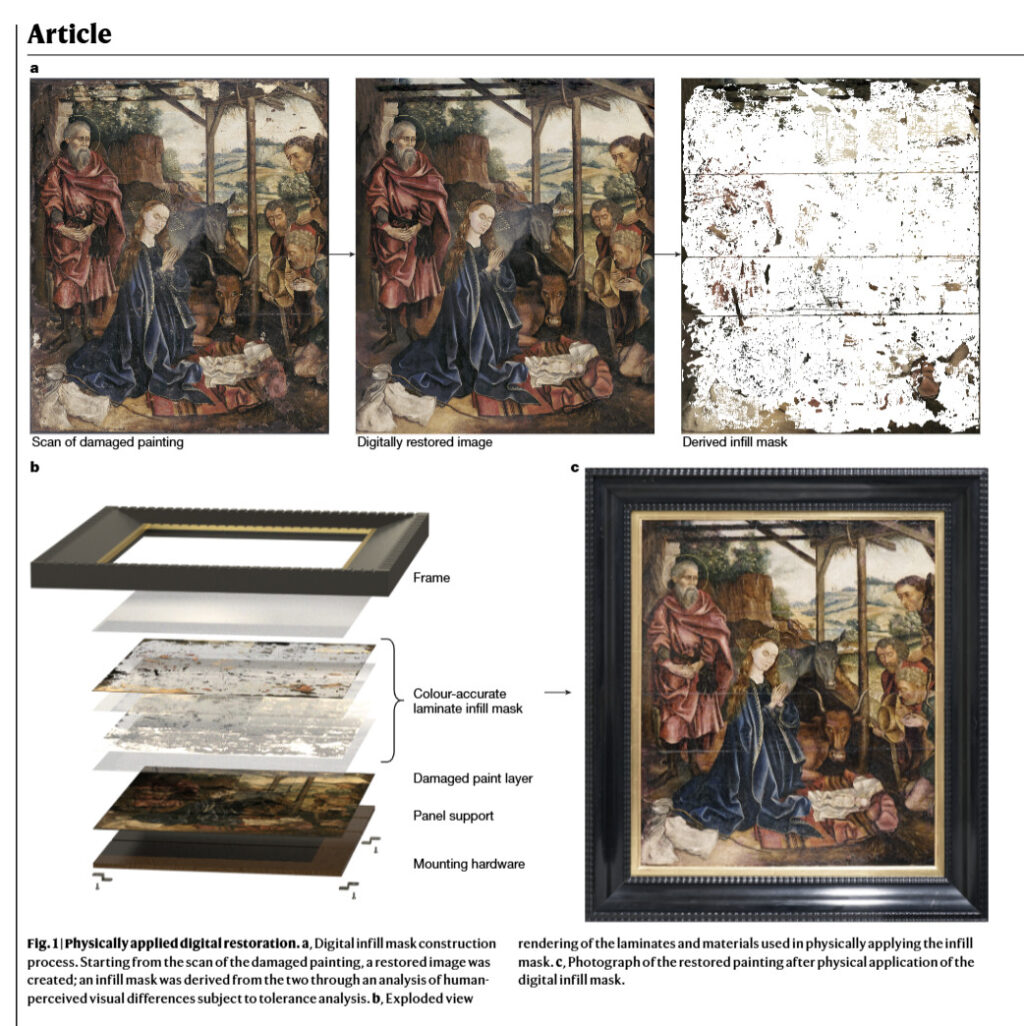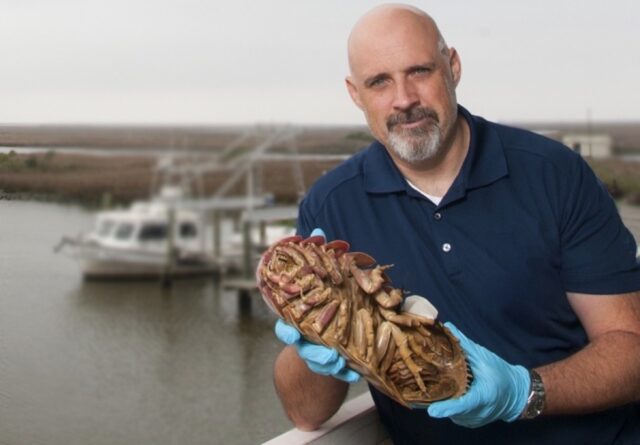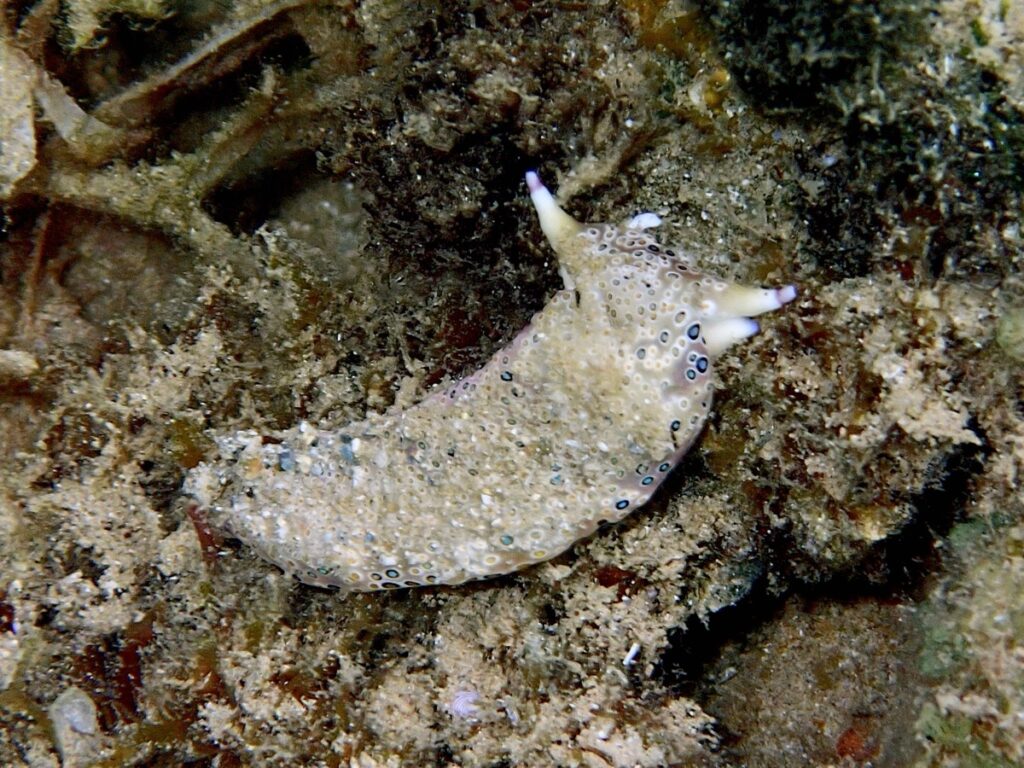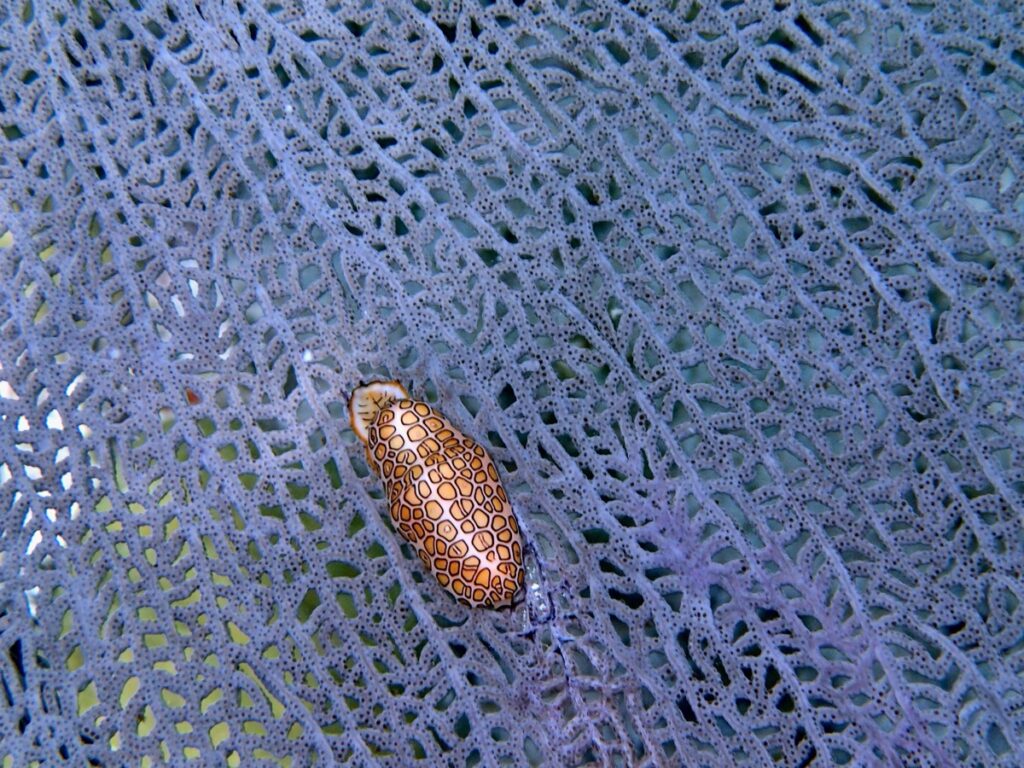MIT graduate student Alex Kachkine once spent nine months meticulously restoring a damaged baroque Italian painting, which left him plenty of time to wonder if technology could speed things up. Last week, MIT News announced his solution: a technique that uses AI-generated polymer films to physically restore damaged paintings in hours rather than months. The research appears in Nature.
Kachkine's method works by printing a transparent "mask" containing thousands of precisely color-matched regions that conservators can apply directly to an original artwork. Unlike traditional restoration, which permanently alters the painting, these masks can reportedly be removed whenever needed. So it's a reversible process that does not permanently change a painting.
"Because there's a digital record of what mask was used, in 100 years, the next time someone is working with this, they'll have an extremely clear understanding of what was done to the painting," Kachkine told MIT News. "And that's never really been possible in conservation before."
 Figure 1 from the paper.
Credit:
MIT
Figure 1 from the paper.
Credit:
MIT
Nature reports that up to 70 percent of institutional art collections remain hidden from public view due to damage—a large amount of cultural heritage sitting unseen in storage. Traditional restoration methods, where conservators painstakingly fill damaged areas one at a time while mixing exact color matches for each region, can take weeks to decades for a single painting. It's skilled work that requires both artistic talent and deep technical knowledge, but there simply aren't enough conservators to tackle the backlog.
The mechanical engineering student conceived the idea during a 2021 cross-country drive to MIT, when gallery visits revealed how much art remains hidden due to damage and restoration backlogs. As someone who restores paintings as a hobby, he understood both the problem and the potential for a technological solution.
To demonstrate his method, Kachkine chose a challenging test case: a 15th-century oil painting requiring repairs in 5,612 separate regions. An AI model identified damage patterns and generated 57,314 different colors to match the original work. The entire restoration process reportedly took 3.5 hours—about 66 times faster than traditional hand-painting methods.
 Alex Kachkine, who developed the AI-printed film technique.
Credit:
MIT
Alex Kachkine, who developed the AI-printed film technique.
Credit:
MIT
Notably, Kachkine avoided using generative AI models like Stable Diffusion or the "full-area application" of generative adversarial networks (GANs) for the digital restoration step. According to the Nature paper, these models cause "spatial distortion" that would prevent proper alignment between the restored image and the damaged original.
Instead, Kachkine utilized computer vision techniques found in prior art conservation research: "cross-applied colouration" for simple damages like thin cracks, and "local partial convolution" for reconstructing low-complexity patterns. For areas of high visual complexity, such as faces, Kachkine relied on traditional conservator methods, transposing features from other works by the same artist.
From pixels to polymers
Kachkine's process begins conventionally enough, with traditional cleaning to remove any previous restoration attempts. After scanning the cleaned painting, the aforementioned algorithms analyze the image and create a virtual restoration that "predicts" what the damaged areas should look like based on the surrounding paint and the artist's style. This part isn't particularly new—museums have been creating digital restorations for years. The innovative part is what happens next.
Custom software (shared by Kachkine online) maps every region needing repair and determines the exact colors required for each spot. His software then translates that information into a two-layer polymer mask printed on thin films—one layer provides color, while a white backing layer ensures the full color spectrum reproduces accurately on the painting's surface. The two layers must align precisely to reproduce colors accurately.
High-fidelity inkjet printers produce the mask layers, which Kachkine aligns by hand and adheres to the painting using conservation-grade varnish spray. Importantly, the polymer materials dissolve in standard conservation solutions, allowing future removal of the mask without damaging the original work. Museums can also store digital files documenting every change made during restoration, creating a paper trail for future conservators.
Kachkine says that the technology doesn't replace human judgment—conservators must still guide ethical decisions about how much intervention is appropriate and whether digital predictions accurately capture the artist's original intent. "It will take a lot of deliberation about the ethical challenges involved at every stage in this process to see how can this be applied in a way that's most consistent with conservation principles," he told MIT News.
For now, the method works best with paintings that include numerous small areas of damage rather than large missing sections. In a world where AI models increasingly seem to blur the line between human- and machine-created media, it's refreshing to see a clear application of computer vision tools used as an augmentation of human skill and not as a wholesale replacement for the judgment of skilled conservators.

Legend has it that physicist Ernest Rutherford once dismissed all sciences other than physics as mere "stamp collecting." (Whether he actually said it is a matter of some debate.) But we now live in the information age, and scientists have found tremendous value in amassing giant databases of information for large-scale analysis, enabling them to explore different kinds of questions.
The latest addition is the Marine Organizational Body Size (MOBS) database, an open-access resource that—as its name implies—has collected body size data for more than 85,000 marine animal species and counting, ranging from microscopic creatures like zooplankton to the largest whales. MOBS is already enabling new research on the ocean's biodiversity and global ecosystem, according to a paper published in the journal Global Ecology and Biogeography. The database is now available though GitHub and currently covers 40 percent of all described marine animal species, with a goal of achieving 75 percent coverage.
"We've really lacked that broader persecutive for a lot of ocean life," marine ecologist Craig McClain of the University of Louisiana at Lafayette told Ars. McClain is the lead creator of MOBS. "We know about evolution and ecology for mammals and birds especially, and to a lesser extent reptiles and amphibians. We just haven't had these big collated body size data sets for the marine groups, especially the invertebrates." The MOBS project is basically constructing a "library of [marine] life."
This in turn paves the way for research on macroecology and macroevolution for marine animals. As McClain likes to say, "Body size isn't just a number; it's a key to how life works," because that simple trait is related to "how a species moves, eats, survives, and evolves. What jellyfish do and their ecology is so much different than for a mammal that it makes you wonder how universal some of the [widely accepted] 'rules' really are."
The ocean runs on size
McClain officially launched MOBS as a passion project while on sabbatical in 2022 but he had been informally collecting data on body size for various marine groups for several years before that. So he had a small set of data already to kick off the project, incorporating it all into a single large database with a consistent set format and style.
 Craig McClain holding a giant isopod (<em>Bathynomus giganteus</em>), one of the deep sea’s most iconic crustaceans
Credit:
Craig McClain
Craig McClain holding a giant isopod (<em>Bathynomus giganteus</em>), one of the deep sea’s most iconic crustaceans
Credit:
Craig McClain
"One of the things that had prevented me from doing this before was the taxonomy issue," said McClain. "Say you wanted to get the body size for all [species] of octopuses. That was not something that was very well known unless some taxonomist happened to publish [that data]. And that data was likely not up-to-date because new species are [constantly] being described."
However, in the last five to ten years, the World Register of Marine Species (WoRMS) was established with the objective of cataloging all marine life, with taxonomy experts assigned to specific groups to determine valid new species, which are then added to the data set with a specific numerical code. McClain tied his own dataset to that same code, making it quite easy to update MOBS as new species are added to WoRMS. McClain and his team were also able to gather body size data from various museum collections.
The MOBS database focuses on body length (a linear measurement) as opposed to body mass. "Almost every taxonomic description of a new species has some sort of linear measurement," said McClain. "For most organisms, it's a length, maybe a width, and if you're really lucky you might get a height. It's very rare for anything to be weighed unless it's an objective of the study. So that data simply doesn't exist."
While all mammals generally have similar density, "If you compare the density of a sea slug, a nudibranch, versus a jellyfish, even though they have the same masses, their carbon contents are much different," he said. "And a one-meter worm that's a cylinder and a one-meter sea urchin that's a sphere are fundamentally different weights and different kinds of organisms." One solution for the latter is to convert to volume to account for shape differences. Length-to-weight ratios can also differ substantially for different marine animal groups. That's why McClain hopes to compile a separate database for length-to-weight conversions.




While body size might seem to be a relatively easy measurement to take, compared to something physiological like metabolic rate, when it comes to marine animals there can be unique challenges. McClain recalled working on a project to measure the length of whale sharks in the wild. "You can't just swim up and extend a tape measure down the length of a whale shark," he said.
The solution was admittedly convoluted, but it worked. "We would swim up to the shark, shoot a couple of laser dots on their side at known widths, and take pictures. We knew that the distance between their last gill and the dorsal fin scaled with total body length, so that's how we figured it out." By contrast, measuring the lengths of submillimeter organisms has typically involved taking multiple images under a microscope and conducting image analysis.
Scientists are already using MOBS to study things like whether the size-related patterns in descriptions of species in biodiversity databases might reflect longstanding biases, for example. But it also provides McClain and his team with a viable research focus at a time when federal funding for scientific research is facing an existential crisis.
"The other work I do, deep sea research, is very expensive and requires grant funding," said McClain. "The great thing about this project is that it only really requires me and a laptop and some other people and their laptops. It may be over the next few years, while there's no funding to do any other field or lab science, that this may be our main focus. At the end of the day, [MOBS] is going to require lots of people approaching this from a lot of different ways to get great coverage across all these different groups."
DOI: Global Ecology and Biogeography, 2025. 10.1111/geb.70062 (About DOIs).

The following is an open letter from Global Tetrahedron CEO Bryce P. Tetraeder that was included with each copy of The Onion that was sent to Congress.

If you are reading this, you are likely either a member of Congress or one of the many underlings tasked with prodding lawmakers from a senile haze when they must cast a vote. You may be wondering why you have lucked out and received a free issue of our storied publication without so much as inserting a rider into a bill classifying The Onion as a tax-free religious organization.
Simply put, the inaction of Congress has already made me happier than any legal loophole could.
As a titan of business, I find this nation’s descent into corruption and tyranny not simply a balm for my soul, but also a huge benefit to my bottom line. We are on the precipice of a new economic order, one in which affluent men like myself will be able to select their own tax rate from a drop-down menu. It’s a reality I barely dreamed possible just a few months ago.
But sending each member of Congress a copy of our vaunted reporting is more than just a token gesture of thanks for bringing about a future in which scions like myself are given unlimited influence over government and veto power over bike lanes. As we stand in the smoldering ruins of our democratic government, we at Global Tetrahedron LLC would be doing a disservice to our shareholders, their descendants, and their descendants’ thoroughbred horses if we didn’t take this opportunity to snatch up as much power and money as possible while the getting is good.
On that note, I invite you to peruse this issue and let it dictate your every action as you lead us forth into ruin. There’s no longer any need to pretend to read reports from fact-obsessed experts or listen to the drivel spewed by your half-wit constituents. The Onion is now your everything.
It is your sole guide, your lodestar, your universe. Burn all other newspapers. Drive their so-called journalists out into the cold. From here on out, America’s Finest News Source holds a monopoly on deciding what is best for our nation’s business interests, and therefore our nation.
As you’ll read in the piece I made my editorial board write while hovering over their shoulders and breathing my will into their ears, our country is slipping smoothly into the warm bath of authoritarianism and oligarchy. I wish I could take credit for this, and I will. But much of the praise must go to Congress and its cowardice. I ask you to stay the course and allow The Onion’s strong, steady arm to point the way. Your capitulation will be justly rewarded with glowing press coverage and the opportunity to borrow our paperboys to do with as you wish.
To the esteemed members of Congress, I say: Enjoy the paper. I look forward to seeing many of you at my annual orgy in one of the $500,000-per-head sex pits.
Infinite Influence Forever,

Bryce P. Tetraeder, Global Tetrahedron CEO
The post Why I’m Sending Issues of ‘The Onion’ To Every Member Of Congress appeared first on The Onion.

